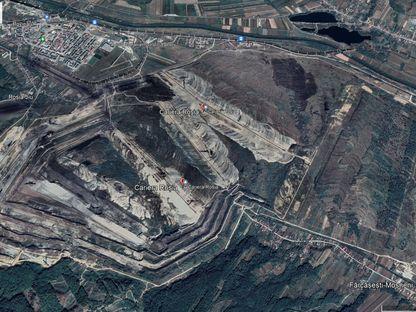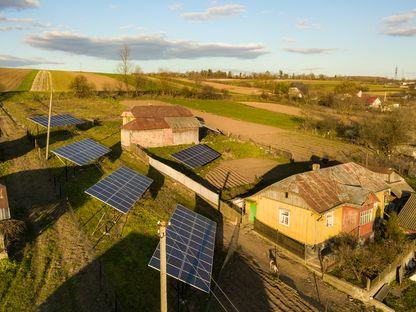In the Arctic, Russia is militarily superior to the West. NATO is trying to catch up, but needs to adapt its defenses to climate change.
A special mission in the High North is expected to provide crucial lessons.
We visited the "Alliance," a NATO research vessel specialized in scientific missions in marine and underwater regions, aimed at collecting and analyzing essential data to enhance the alliance's detection and defense capabilities.
Under the Ice: The Growing Russian Threat to NATO’s Northern Flank
English Section
18/06/2024
A soft hum accompanies the opening of the hatch, revealing the view from inside the "Alliance" to the harbor in Tromsø, Norway. The fjord’s blue-grey waters stretch out to a range of snow-capped mountains in the distance. A metallic arm lowers a cylindrical frame towards the sea’s surface, lined with numbered, tube-like containers arranged carousel-style.
This device, known as a CTD rosette, analyzes water samples for salinity, temperature, and depth. It is fundamental scientific research, but the insights gained are crucial for NATO’s ability to deter and defend against Russia.
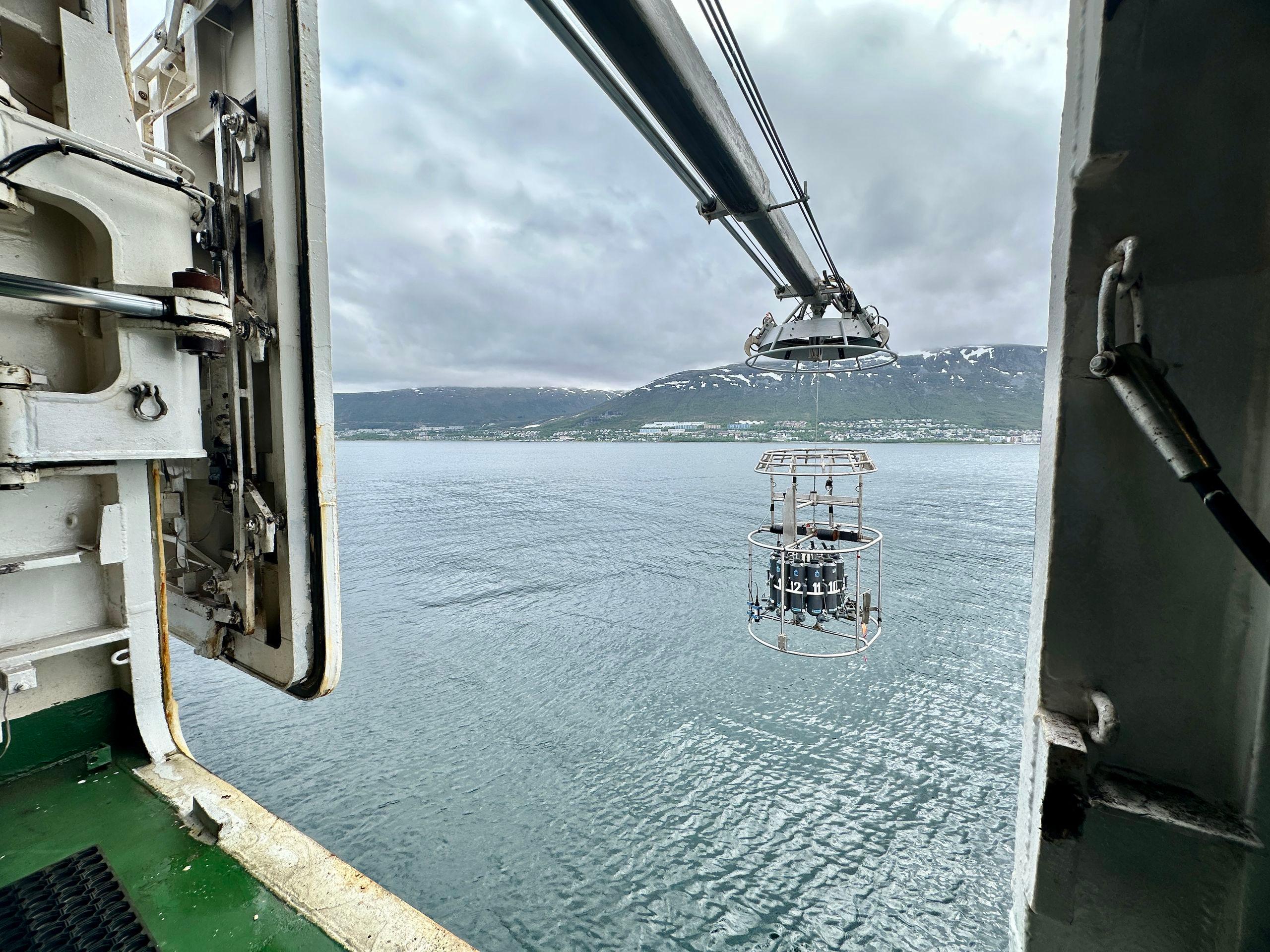
Alliance. Foto: Carolina Drüten
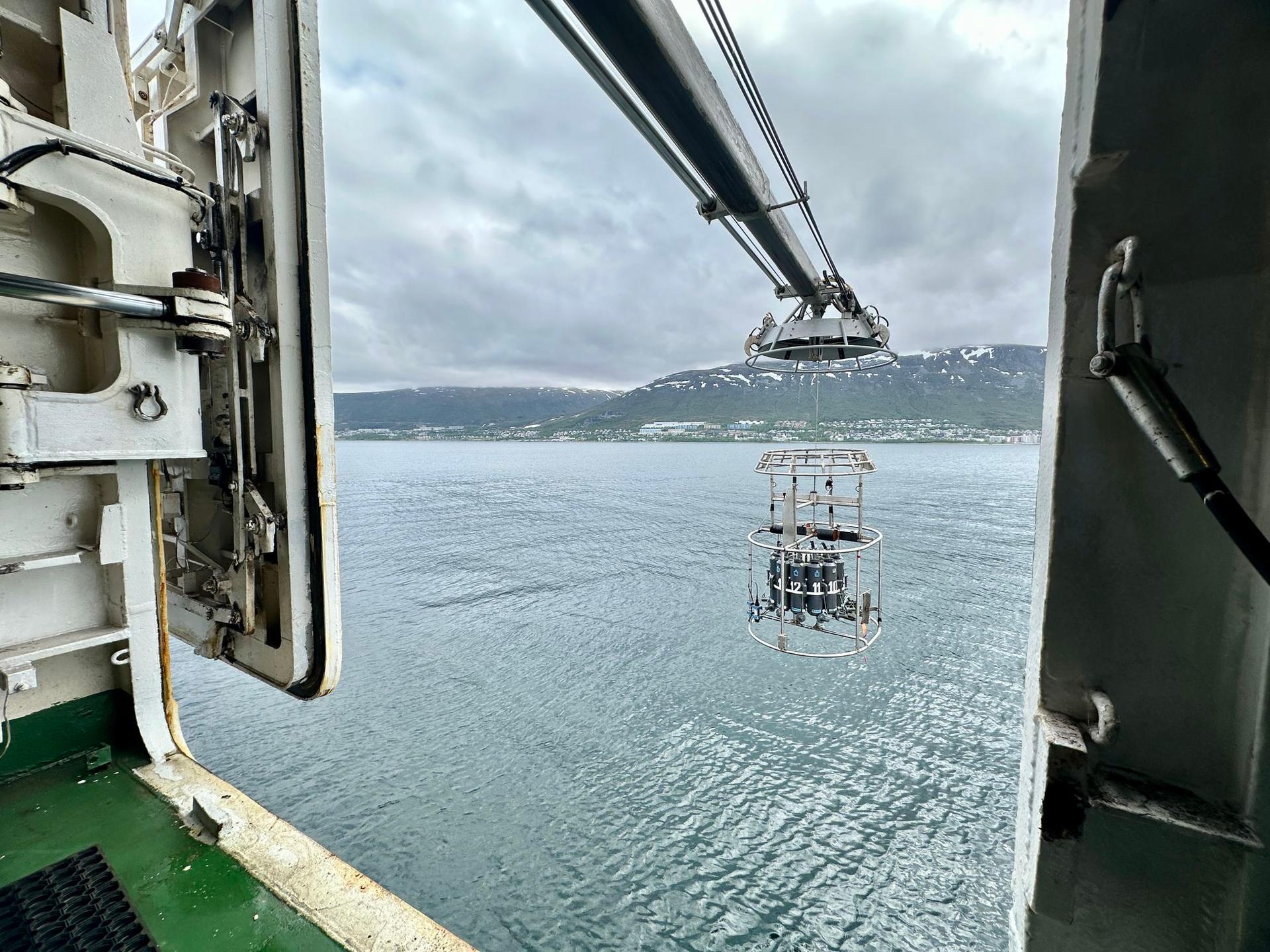
Alliance. Foto: Carolina Drüten
In any NATO-Russia conflict, the Arctic holds strategic importance. It is a cornerstone of Russia’s military strategy, housing two-thirds of Moscow’s nuclear second-strike arsenal, concealed under ice. Submarines operating here can launch long-range nuclear missiles from underwater, posing a significant threat to the West. Consequently, NATO strives to pinpoint and track these Russian submarines. However, radio waves, satellite communications, and wired systems are ineffective underwater.
To locate and monitor these submarines, sonar technology is essential. Sonar devices emit sound waves that reflect off objects, and these echoes help determine the distance, size, and movement of the object.
The crew of the "Alliance," a NATO research vessel, prepares to set sail the next day, embarking on a mission in the Barents Sea, a marginal sea of the Arctic Ocean, until mid-July. Among their tasks is investigating how climate change impacts underwater acoustic signals. The Arctic region is warming three to four times faster than the global average, affecting water pressure and salinity, both of which, along with temperature, influence sound propagation.
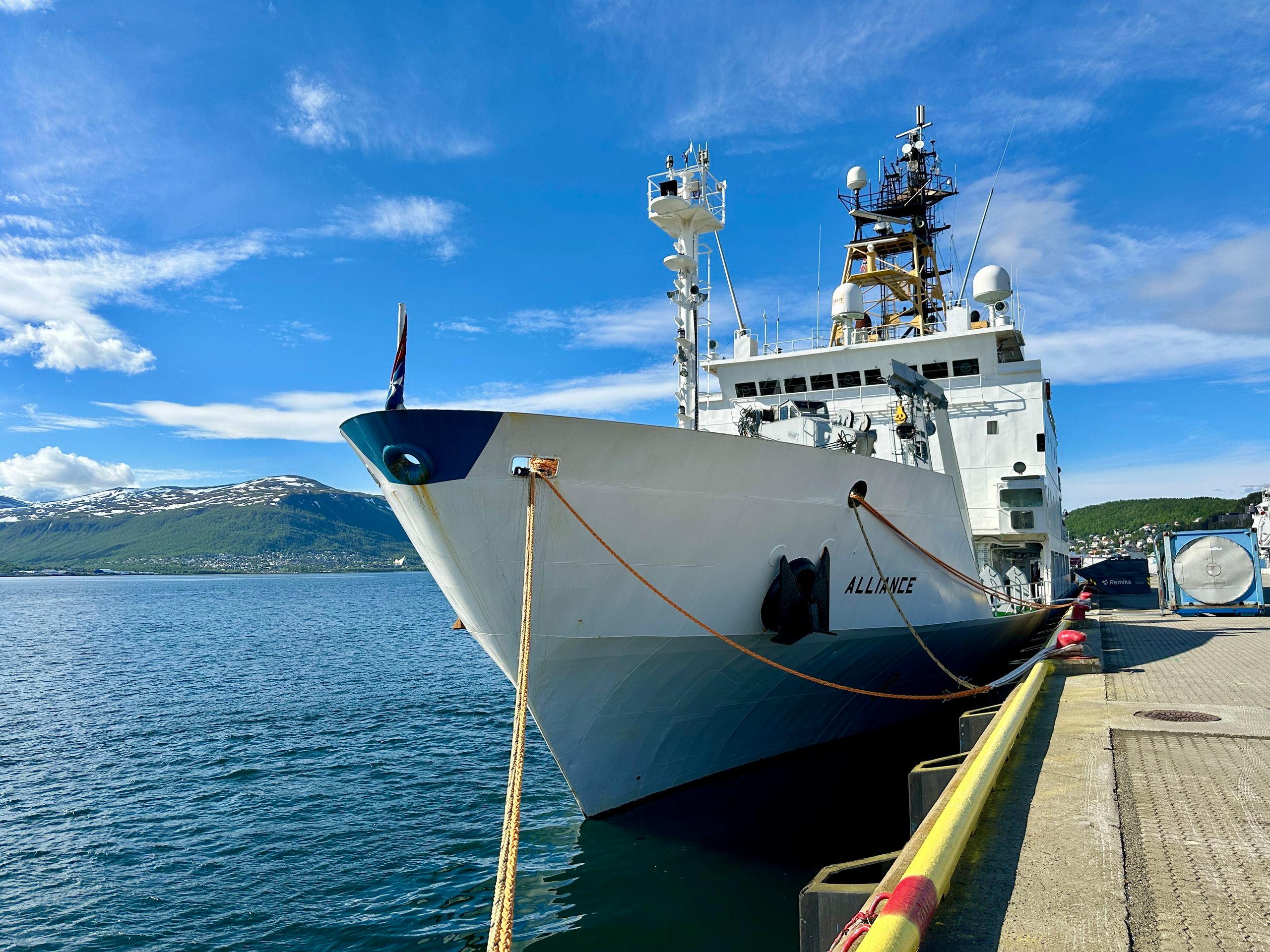
Alliance, a NATO research vessel. Foto: Carolina Drüten
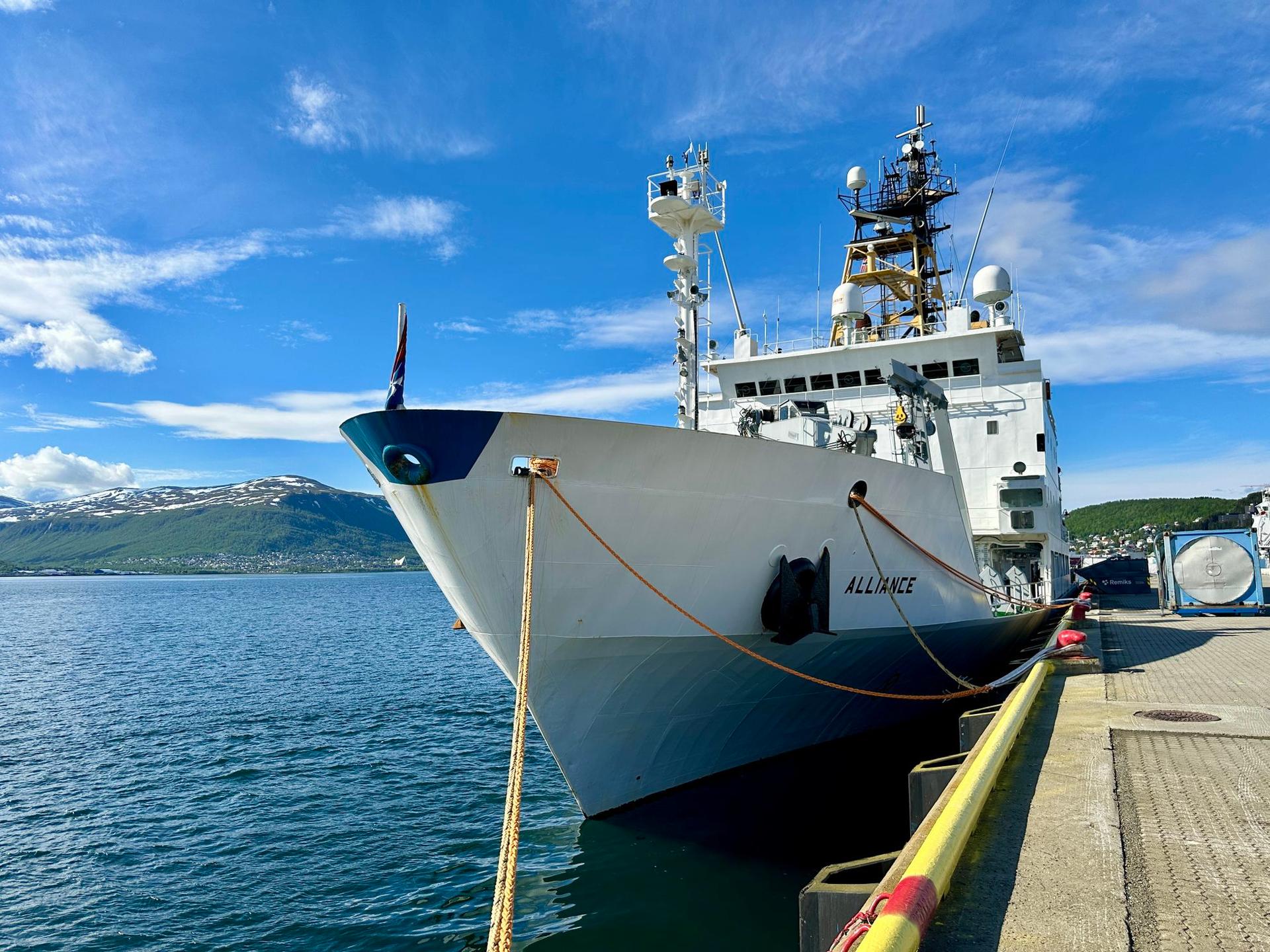
Alliance, a NATO research vessel. Foto: Carolina Drüten
"The only reliable source of information is acoustic waves. It's sound," says Gaultier Real, a scientist at NATO’s Centre for Maritime Research and Experimentation (CMRE) leading the mission. The goal is to develop a "reliable prediction model," Real explains. Superior underwater hearing confers a strategic advantage.
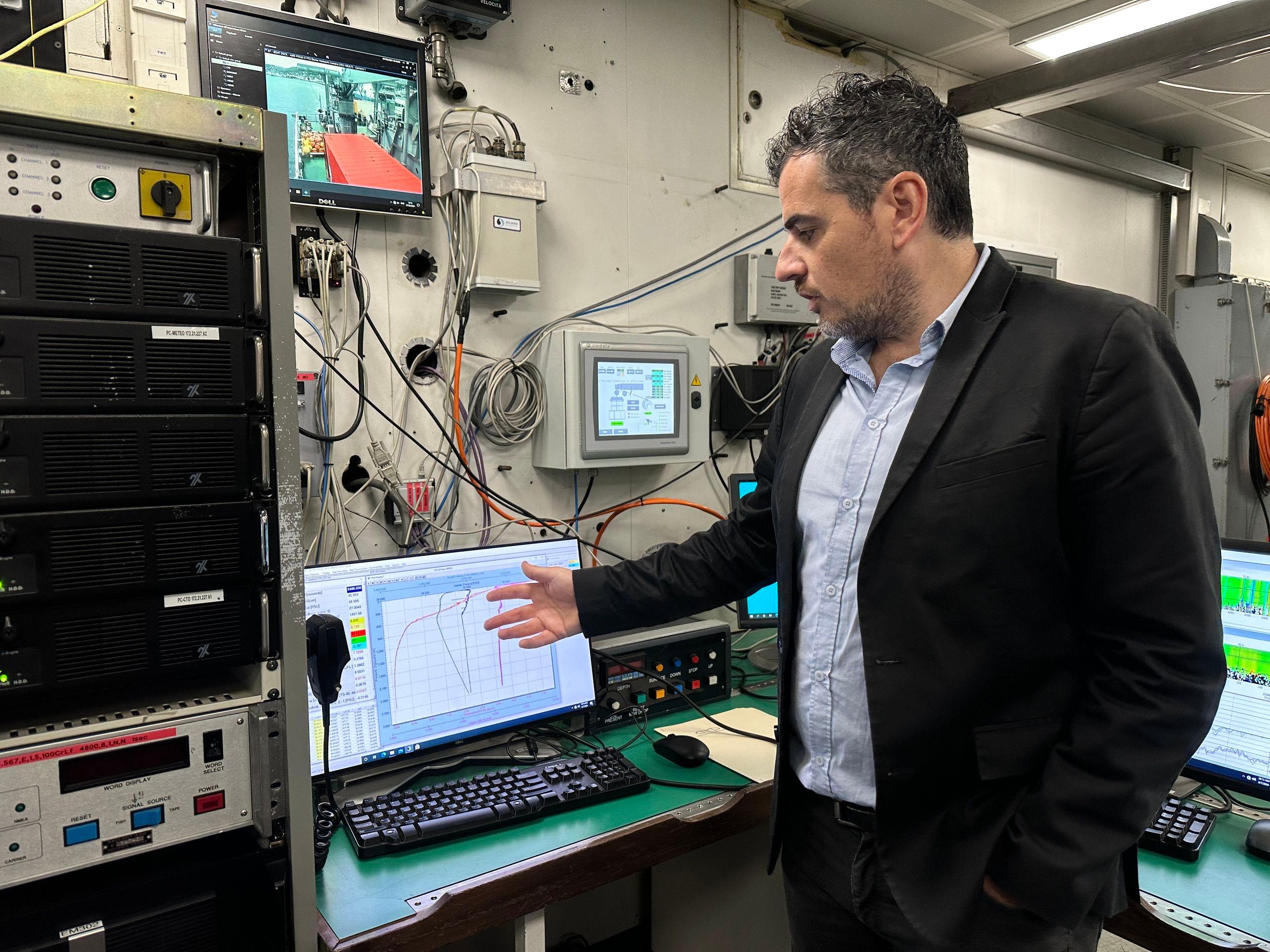
Gaultier Real, a scientist at NATO’s Centre for Maritime Research and Experimentation (CMRE). Foto: Carolina Drüten
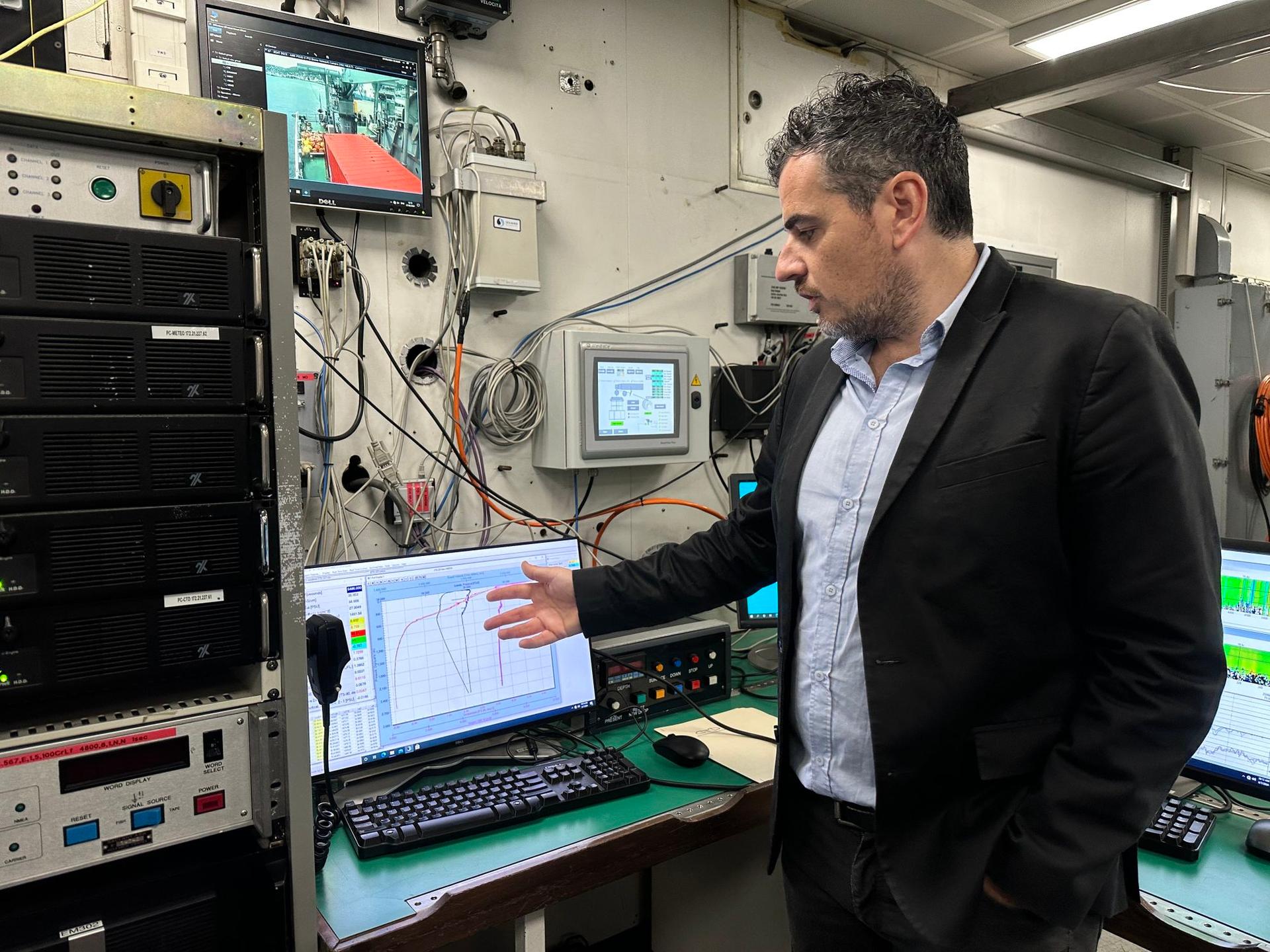
Gaultier Real, a scientist at NATO’s Centre for Maritime Research and Experimentation (CMRE). Foto: Carolina Drüten
Mulți ne citesc, puțini ne susțin. Fără ajutorul tău, nu putem continua să scriem astfel de articole. Cu doar 5 euro pe lună ne poți ajuta mai mult decât crezi și poți face diferența chiar acum!
This advantage is much needed by NATO. Michael Paul, an Arctic expert at the German Institute for International and Security Affairs (SWP), describes an "imbalance" favoring Russia in the Arctic. Moscow has opened numerous new military bases, reactivated former Soviet installations, and tested new weapons systems in recent years.
In contrast, the West has long neglected the region’s security, Paul notes. The extent of NATO’s military lag is hard to quantify. In November 2022, Reuters reported it would take the West at least a decade to catch up with Russia’s military lead in the Arctic. Paul finds this estimate plausible, noting that Russia began its remilitarization of the region in 2007. He is particularly concerned about a critical point: the GIUK gap, a strategic chokepoint between Greenland, Iceland, and the northern tip of Britain.
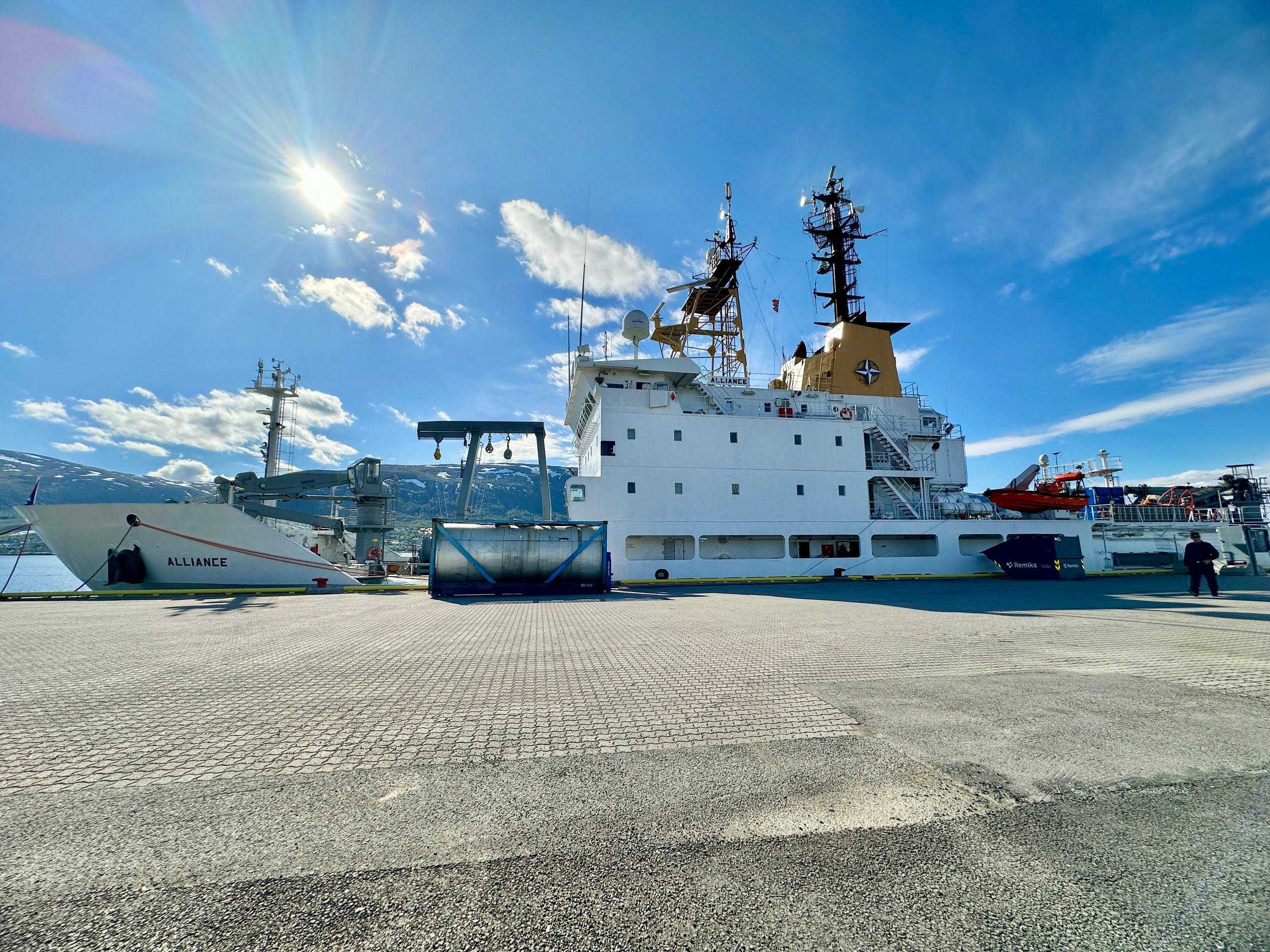
Alliance, a NATO research vessel. Foto: Carolina Drüten
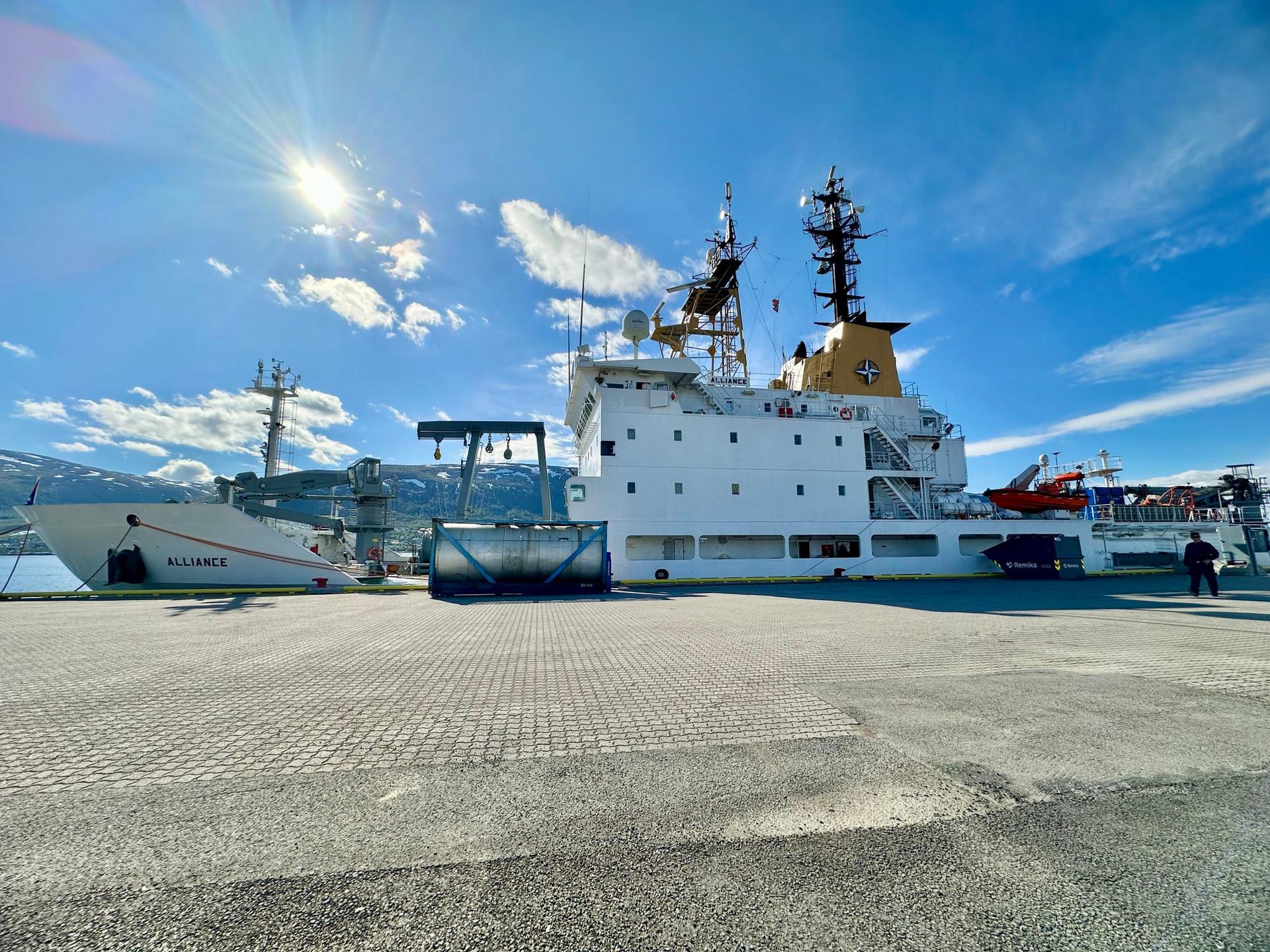
Alliance, a NATO research vessel. Foto: Carolina Drüten
In wartime, the US and Canada would send reinforcements across the North Atlantic to Europe. During the Cold War, the West monitored the gap to prevent Russian ships and submarines from entering the North Atlantic and disrupting sea lanes, Paul explains. However, this has not been exercised in recent decades and there is a lack of ships, maritime patrol vessels and reconnaissance equipment, he says. "We assumed a peaceful Russia, which has proven to be a drastic miscalculation." NATO, he adds, was late to recognize the Russian capabilities in the Arctic as a challenge, and still lacks a strategy.
There were warning signs. Russia’s Arctic ambitions became clear in 2007 at the latest, when a Russian submarine planted a flag on the North Pole’s seabed, over 4,000 meters deep, akin to an underwater moon landing. Disputes over the Arctic persist. Russia claims around 2.1 million square kilometers of the region, while the US, Canada, Norway, and Denmark have overlapping claims. Even China portrays itself as a "near-Arctic state" aiming to establish a "Polar Silk Road."
Coal Mining Expansion Leads to Deforestation: Over 470 Hectares of Forest Cut Down in Gorj, Romania
Over the past six years, more than 470 hectares of national forest land have been allocated by the government, without compensation, to the Oltenia Energy Complex (CEO) for the expansion or opening of new coal mines.
The not-so-green Romania. The state delays settlements for photovoltaic panels by 2 years
PressOne reviews the main dysfunctions in the production, consumption and distribution of energy from renewable sources, as revealed by discussions with consumers and data provided by official sources at the request of our editorial office.
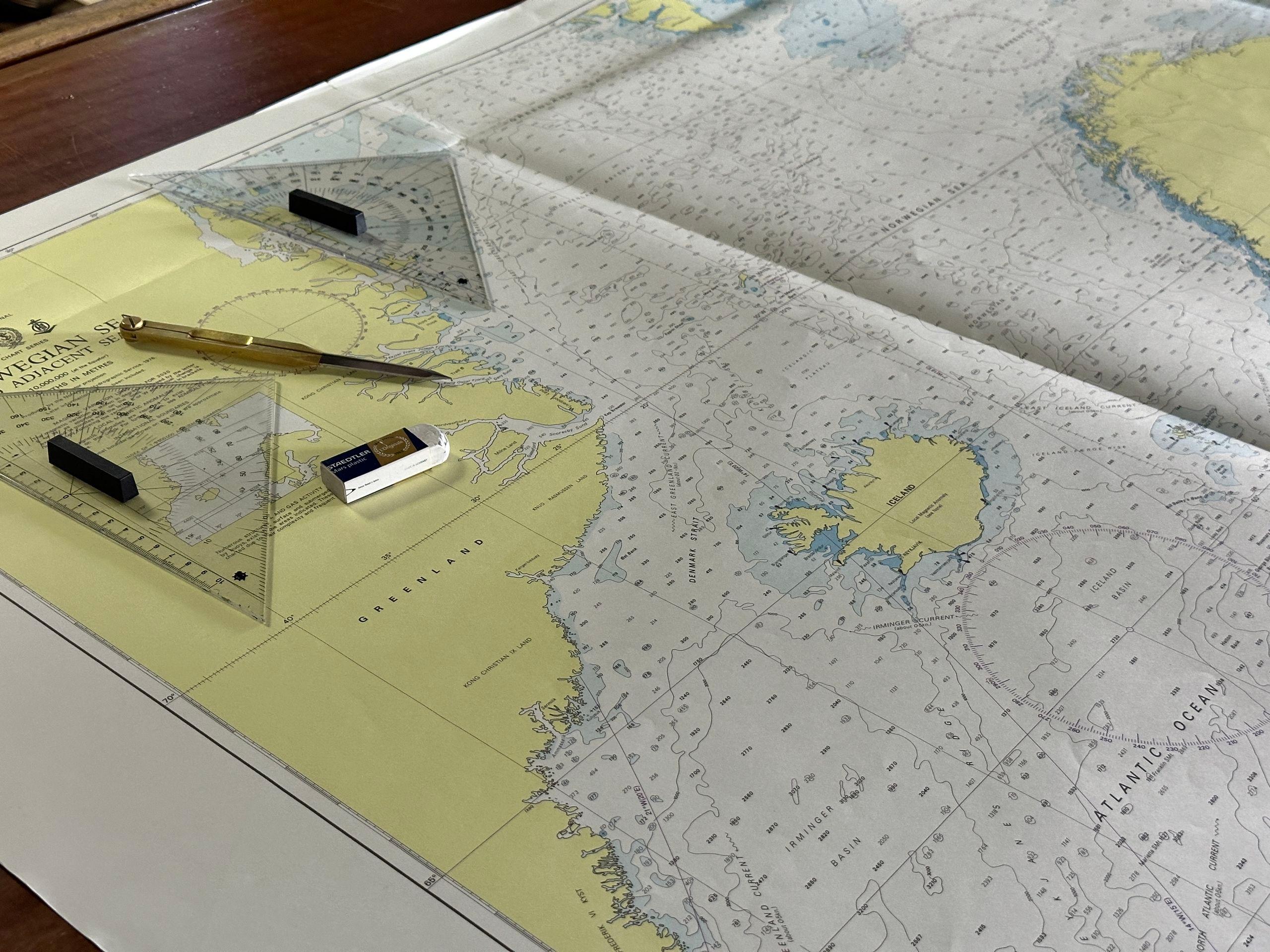
Disputes over the Arctic persist. Russia claims around 2.1 million square kilometers of the region, while the US, Canada, Norway, and Denmark have overlapping claims. Even China portrays itself as a "near-Arctic state" aiming to establish a "Polar Silk Road." Foto: Carolina Drüten
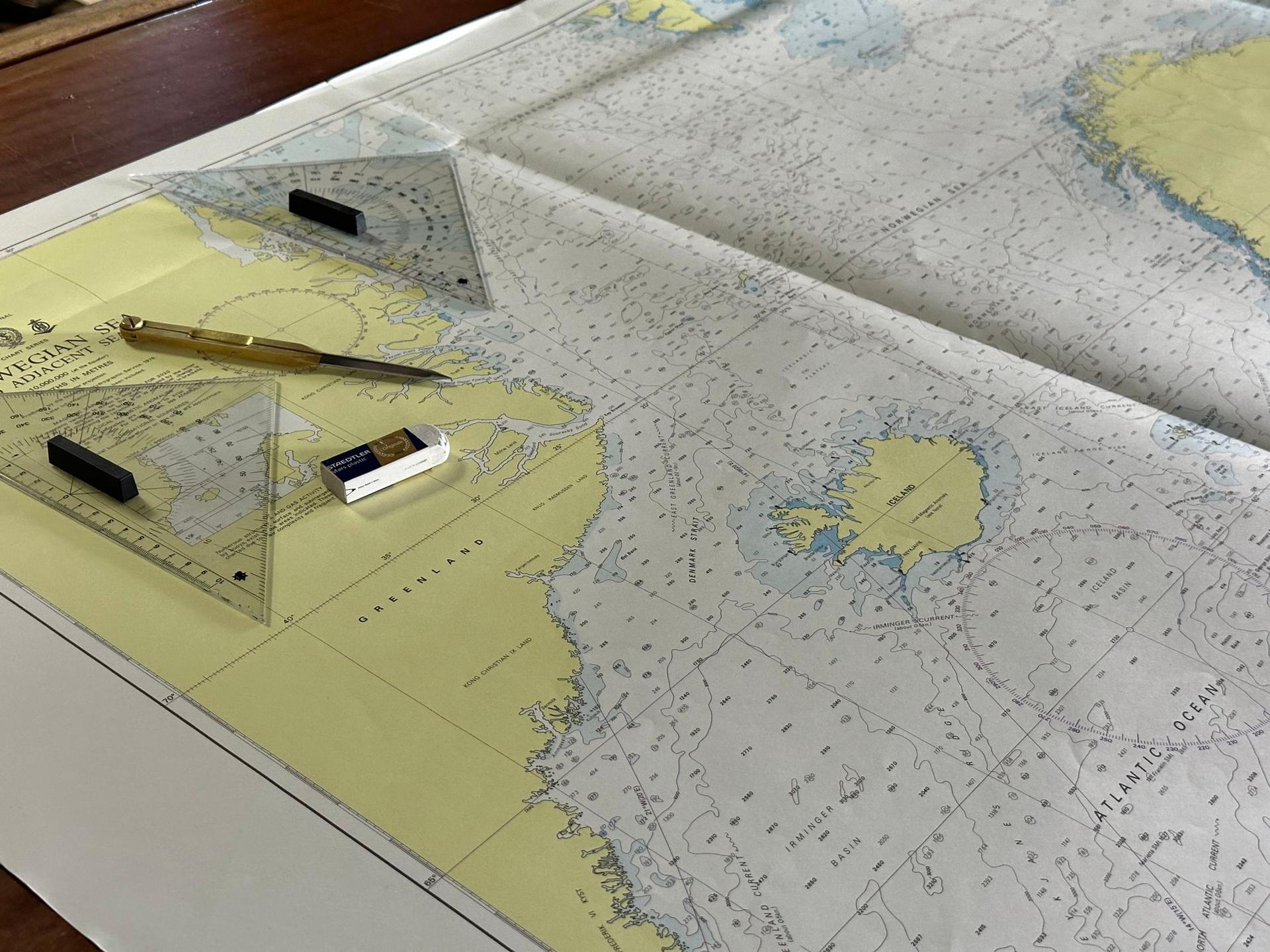
Disputes over the Arctic persist. Russia claims around 2.1 million square kilometers of the region, while the US, Canada, Norway, and Denmark have overlapping claims. Even China portrays itself as a "near-Arctic state" aiming to establish a "Polar Silk Road." Foto: Carolina Drüten
Three years ago, Russian Foreign Minister Sergey Lavrov declared that everything Russia does in the Arctic is legitimate: "It has been absolutely clear for everyone for a long time that this is our territory, this is our land." In July 2022, the Kremlin published a new maritime doctrine, prioritizing the Arctic and pledging to defend its waters "by all means."
The High North is not only Russia’s military backbone but also offers economic opportunities. Warming temperatures are opening new shipping routes. The Arctic Sea route between Europe and Asia is significantly shorter than routes via the Indian Ocean, but ice blocks it for much of the year. Russia uses this route to transport liquefied natural gas (LNG) to Asian customers. With climate change extending the navigable season, President Vladimir Putin anticipates a significant increase in traffic. Additionally, resources like oil and gas under the ice and seabed could become accessible as the ice recedes.
Un newsletter pentru cititori curioși și inteligenți.
Sunt curios
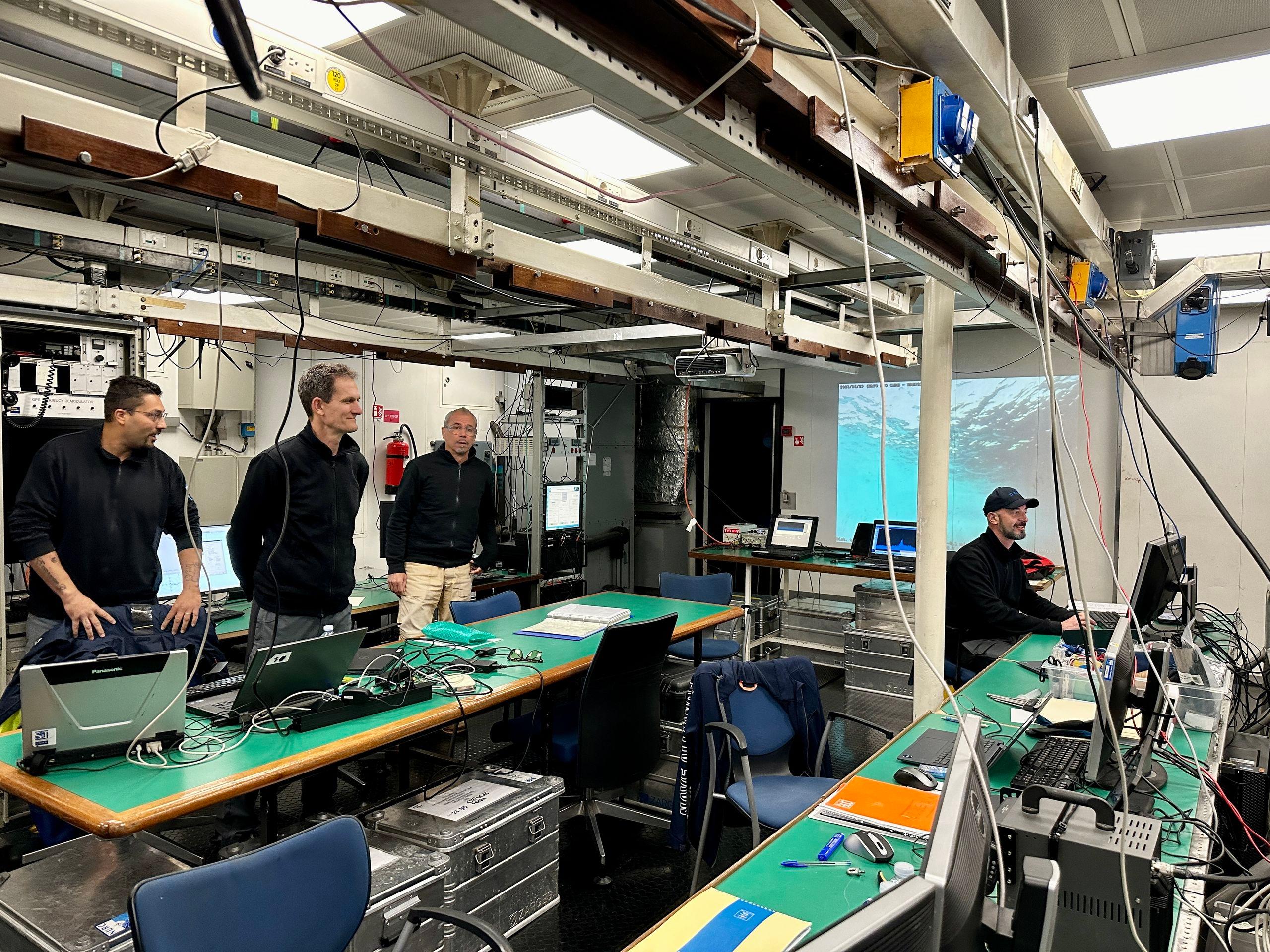
The crew of the Alliance. Foto: Carolina Drüten
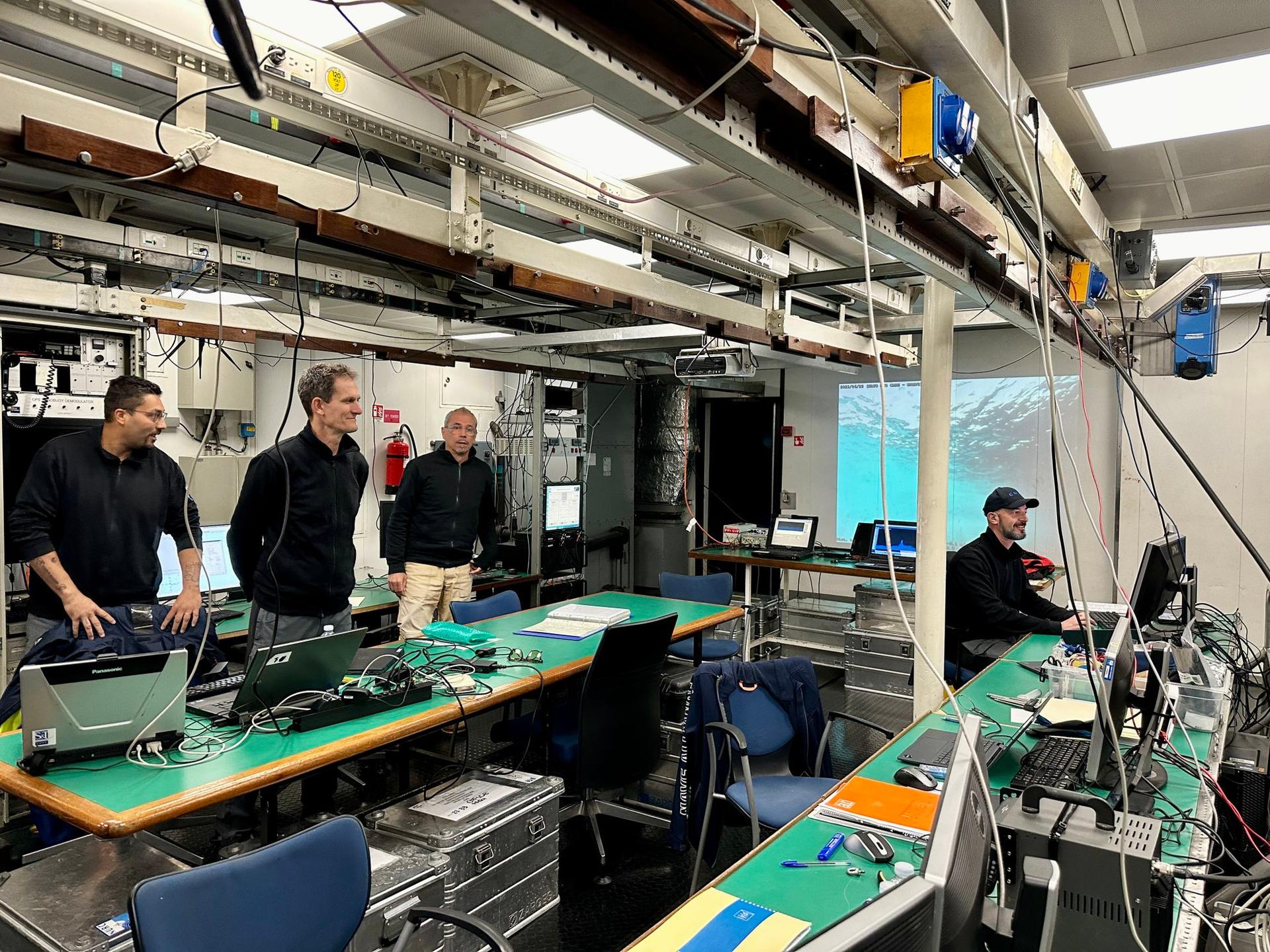
The crew of the Alliance. Foto: Carolina Drüten
However, melting ice also reduces the concealment for Russian submarines and the natural barrier protecting against attacks. The warming climate is a defense challenge for both Moscow and the West. David van Weel, NATO’s Assistant Secretary-General for Emerging Security Challenges, says climate change exacerbates existing threats. "Changes in climate can lead to loss of livelihoods, can lead to migration, can lead to conflicts between peoples," he notes.
It also presents practical challenges for NATO. The changing salinity of the Arctic Ocean, which complicates submarine detection, is only one example. Van Weel points to the US Navy base in Norfolk, Virginia, which floods several times a year due to rising sea levels. He recounts how soldiers in Iraq cannot patrol on extremely hot days and how helicopters lose lift in hotter, thinner air. "We need to find ways of adapting," he asserts.
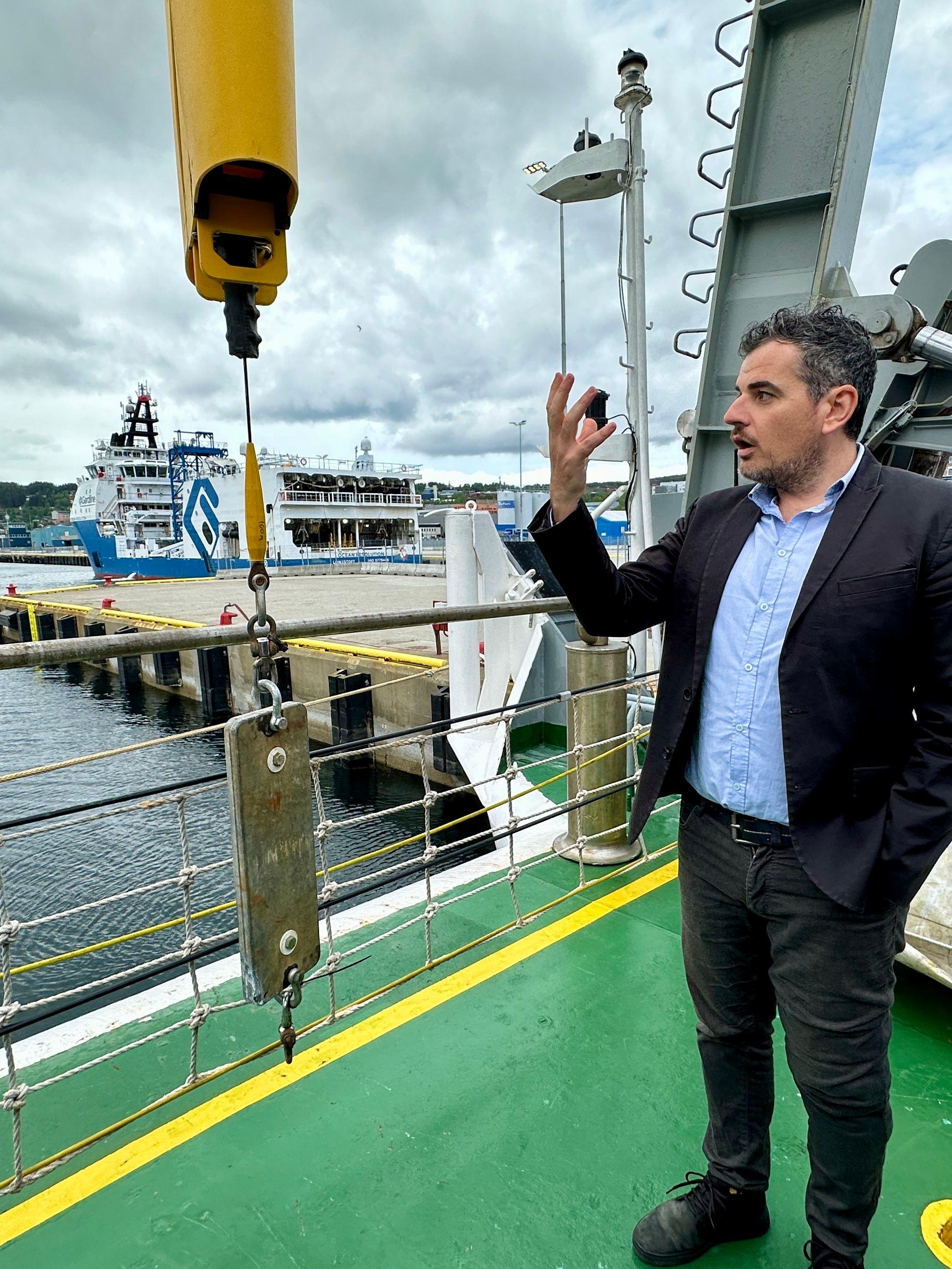
Alliance. Foto: Carolina Drüten
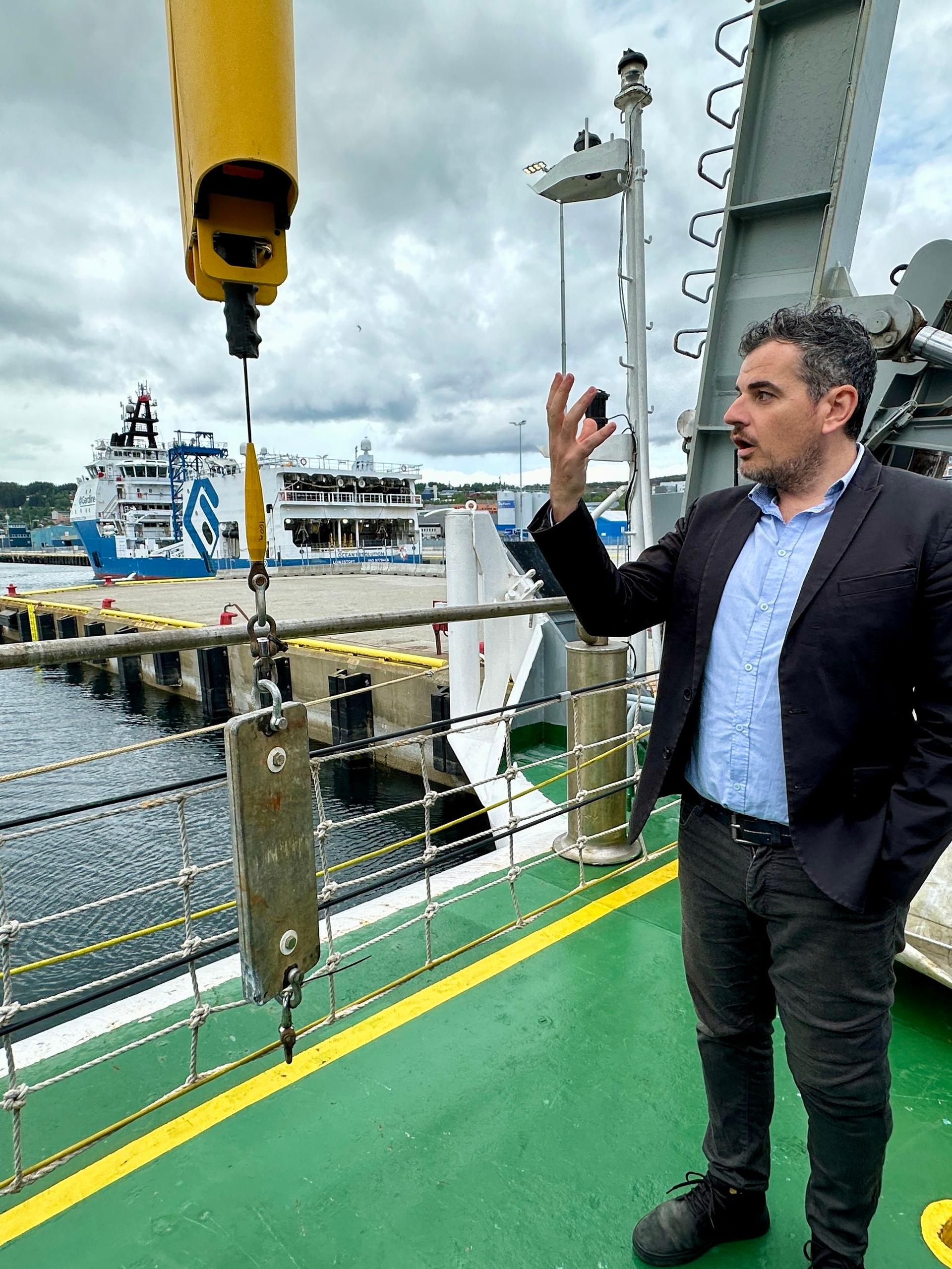
Alliance. Foto: Carolina Drüten
On the deck of the "Alliance" in Tromsø, an Italian crew member tests a device that can transmit the ship's location to the coast guard in an emergency, a task done every six months. Real, the mission's scientific leader, inspects an instrument resembling a gramophone. "An acoustic source, it transmits sounds underwater," he explains. Attached to the device, somewhat hidden, is a sticker. No one remembers who placed it there or when. It reads, "Make America Great Again!"
The slogan of former, and potentially future, US President Donald Trump. It serves as a reminder that, amid all external threats, NATO may yet face its greatest challenge from within.
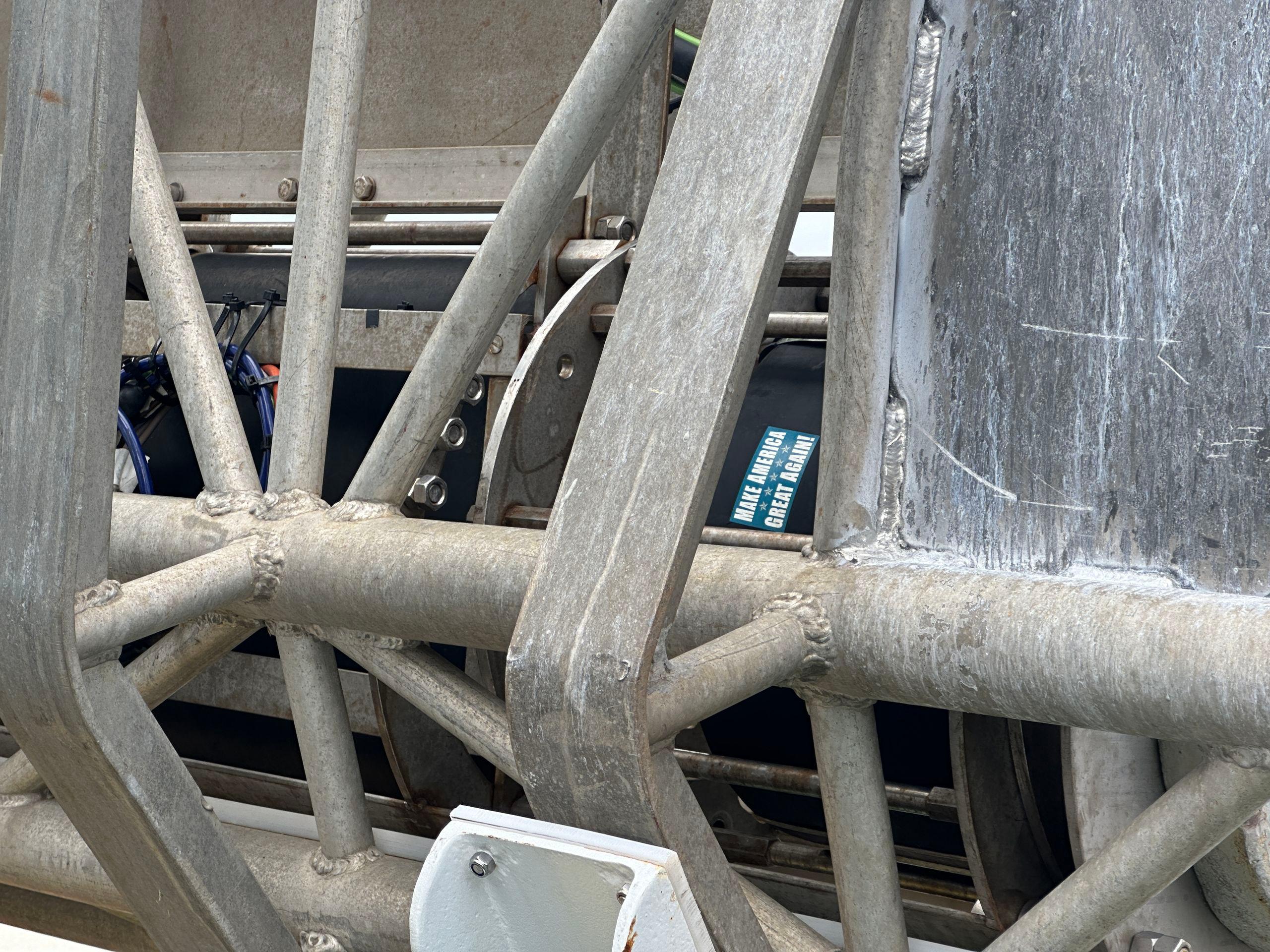
„Make America Great Again”. Foto: Carolina Drüten
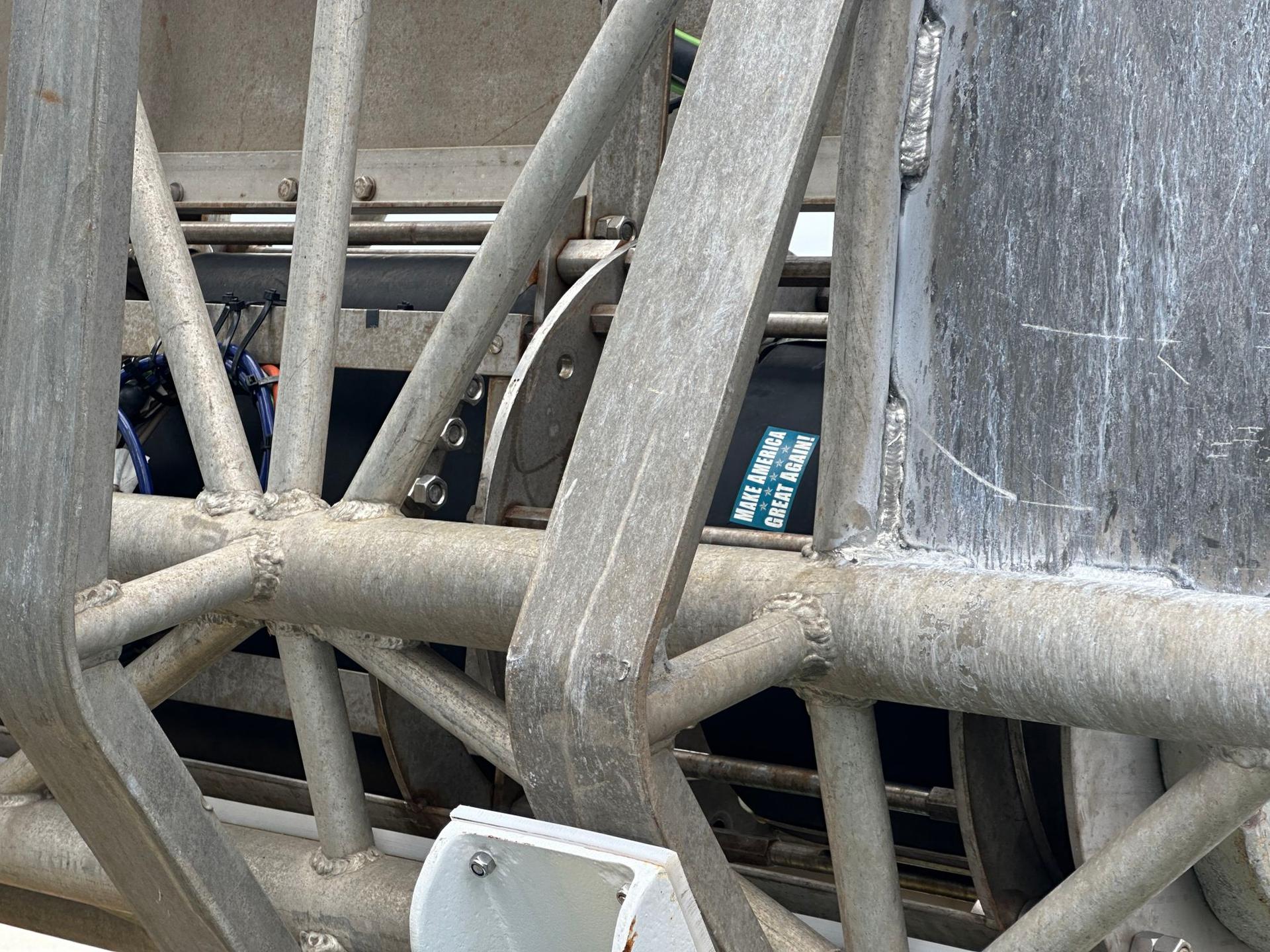
„Make America Great Again”. Foto: Carolina Drüten
This text is part of a series of articles proposed by TEFI, a cross-border editorial project developed by some of the most prominent newsrooms in Central and Eastern Europe: Gazeta Wyborcza (Poland), Magyar Jeti / 444 (Hungary), SME (Slovakia), Bellingcat (Netherlands), PressOne (Romania), united in a consortium funded by European funds, aiming to promote topics related to national and regional security.

Avem nevoie de ajutorul tău!
Mulți ne citesc, puțini ne susțin. Asta e realitatea. Dar jurnalismul independent și de serviciu public nu se face cu aer, nici cu încurajări, și mai ales nici cu bani de la partide, politicieni sau industriile care creează dependență. Se face, în primul rând, cu bani de la cititori, adică de cei care sunt informați corect, cu mari eforturi, de puținii jurnaliști corecți care au mai rămas în România.
De aceea, este vital pentru noi să fim susținuți de cititorii noștri.
Dacă ne susții cu o sumă mică pe lună sau prin redirecționarea a 3.5% din impozitul tău pe venit, noi vom putea să-ți oferim în continuare jurnalism independent, onest, care merge în profunzime, să ne continuăm lupta contra corupției, plagiatelor, dezinformării, poluării, să facem reportaje imersive despre România reală și să scriem despre oamenii care o transformă în bine. Să dăm zgomotul la o parte și să-ți arătăm ce merită cu adevărat știut din ce se întâmplă în jur.
Ne poți ajuta chiar acum. Orice sumă contează, dar faptul că devii și rămâi abonat PressOne face toată diferența. Poți folosi direct caseta de mai jos sau accesa pagina Susține pentru alte modalități în care ne poți sprijini.
Vrei să ne ajuți? Orice sumă contează.
Share this

